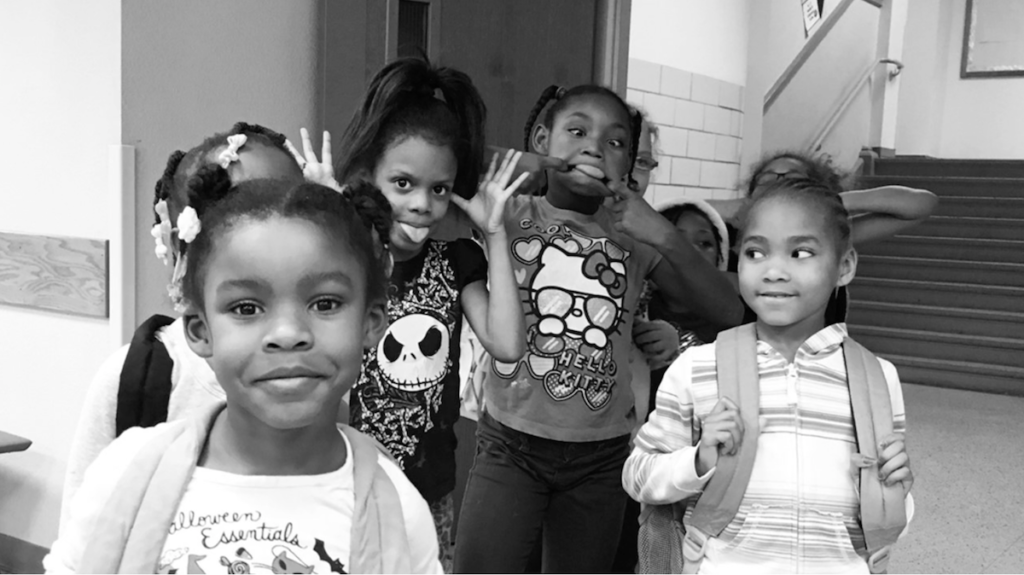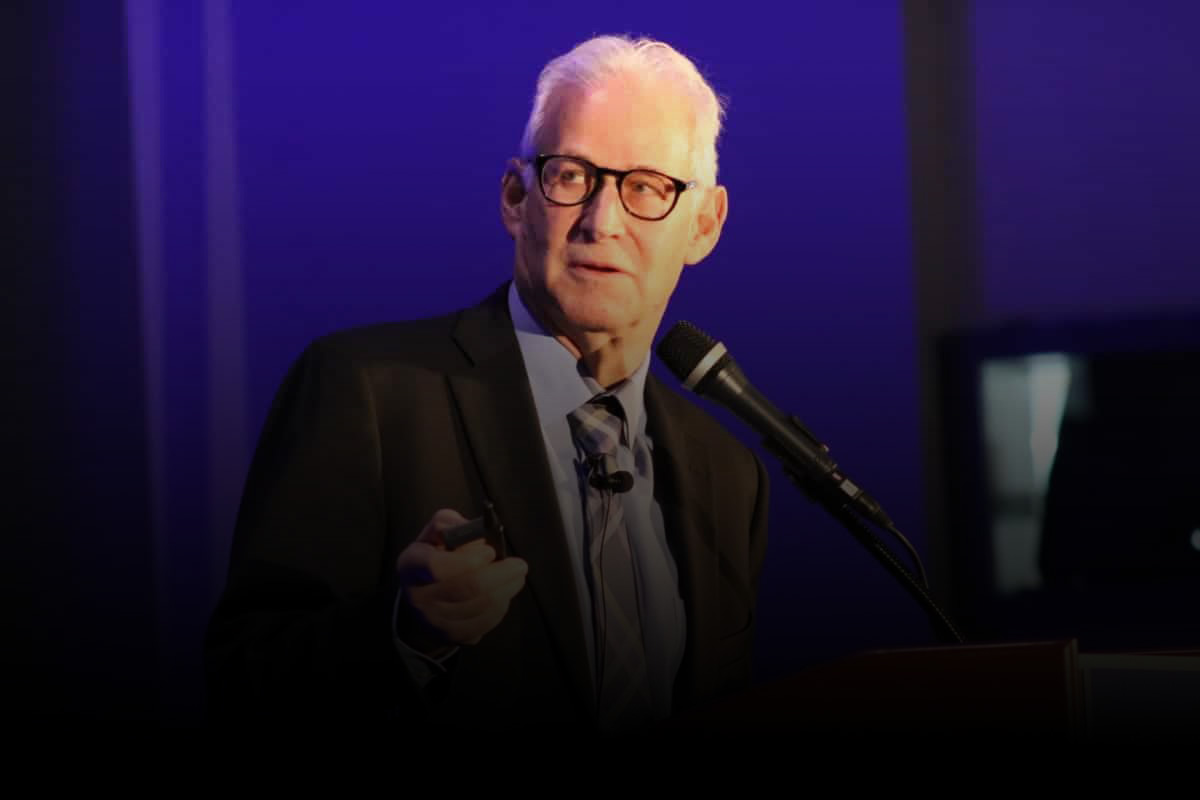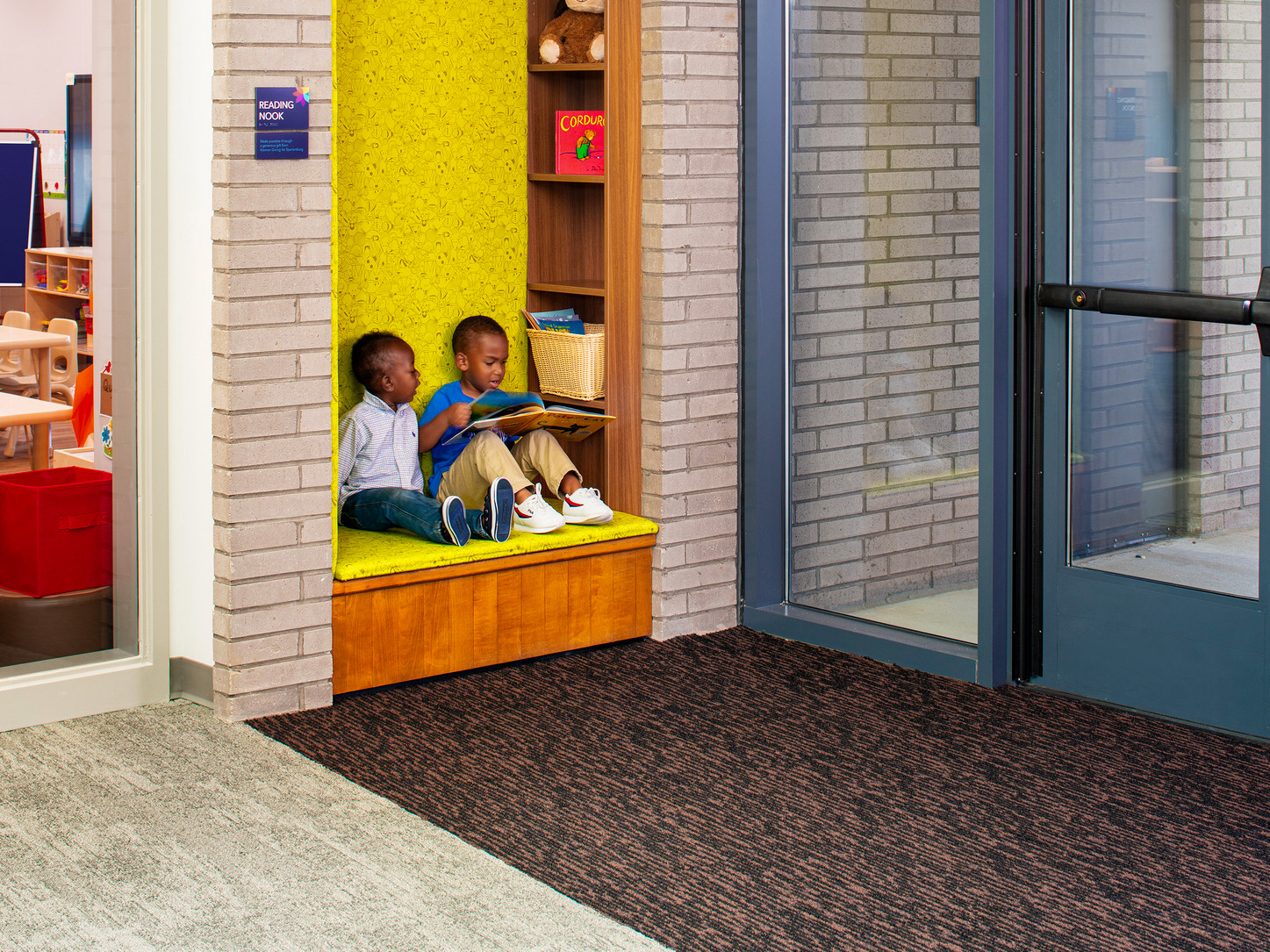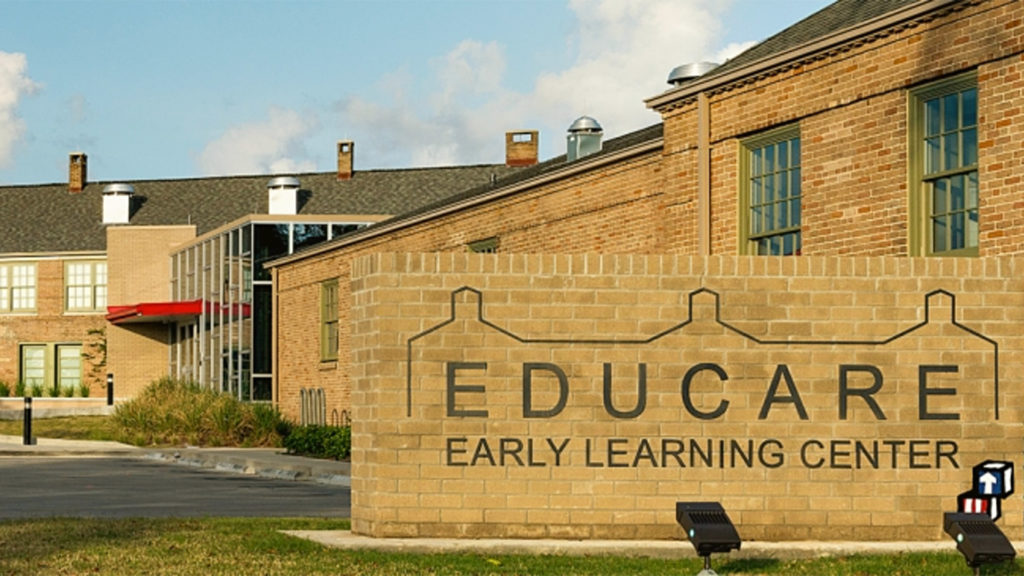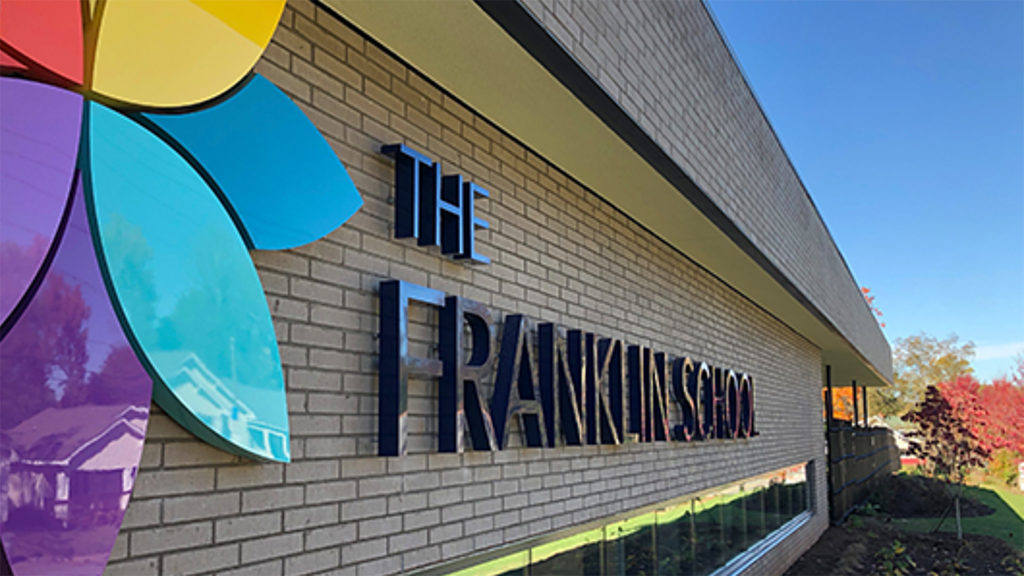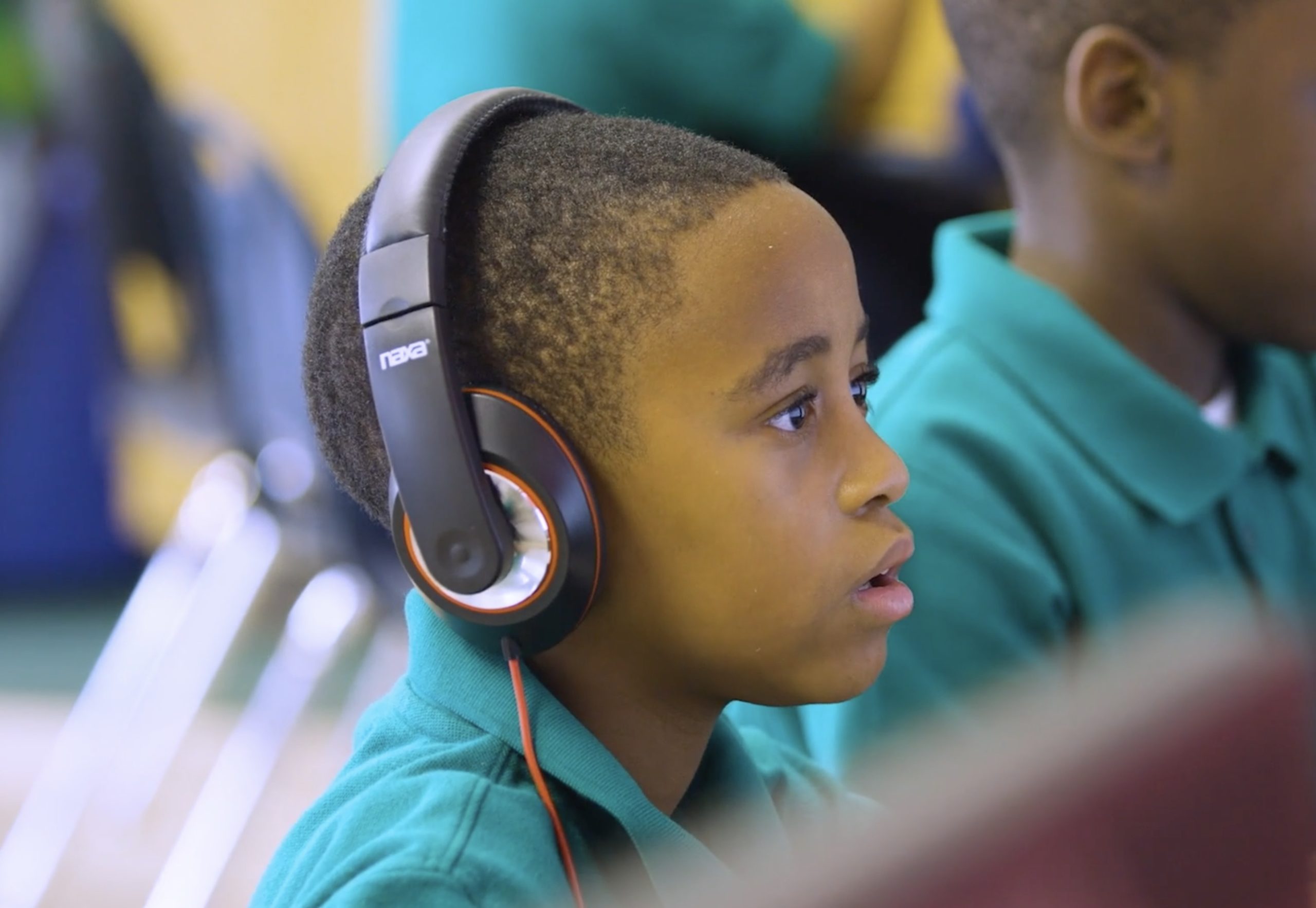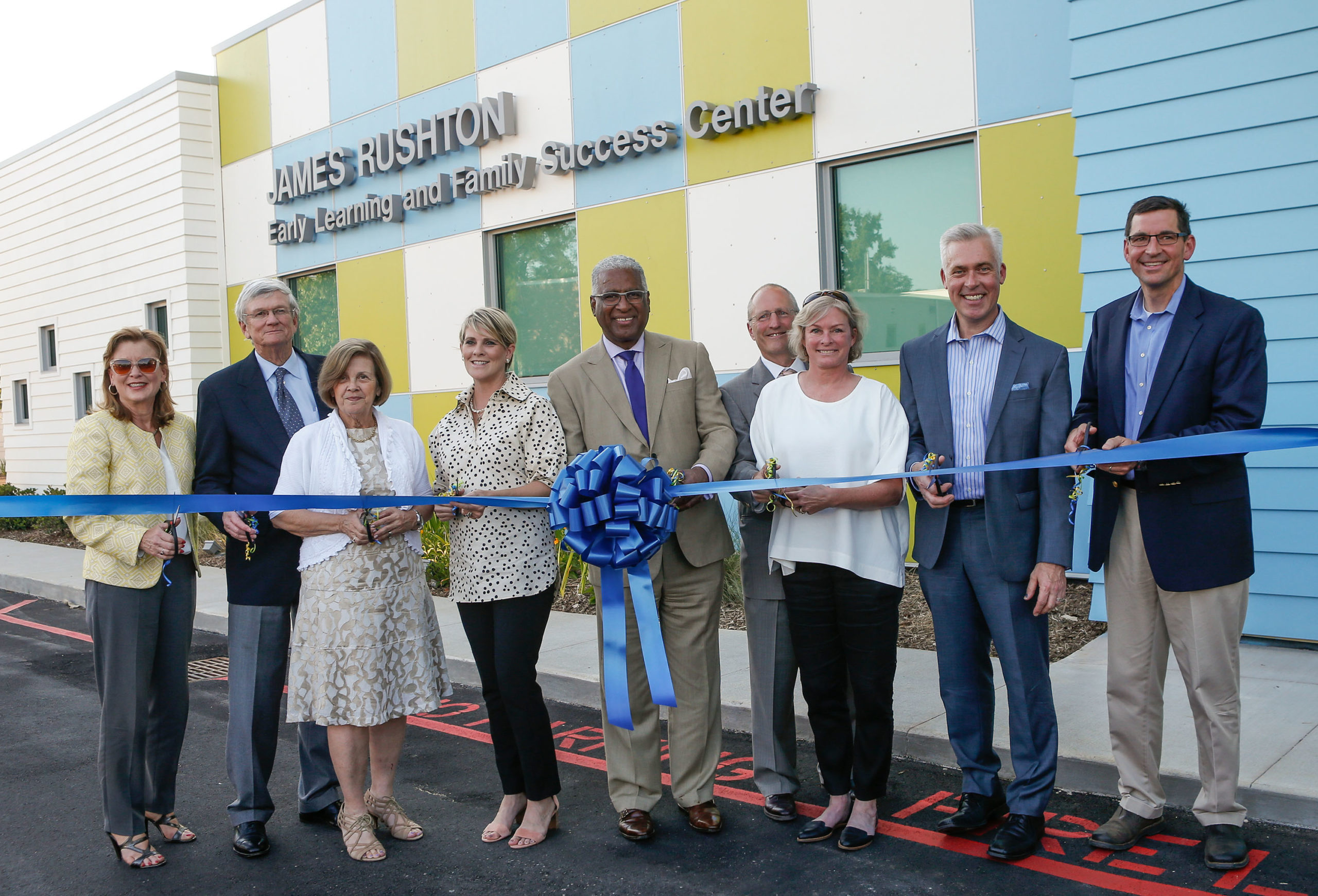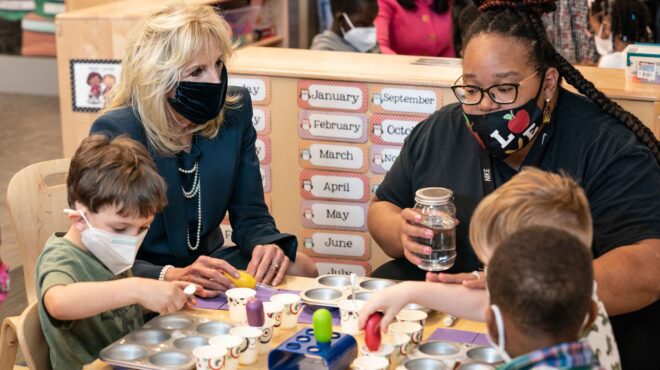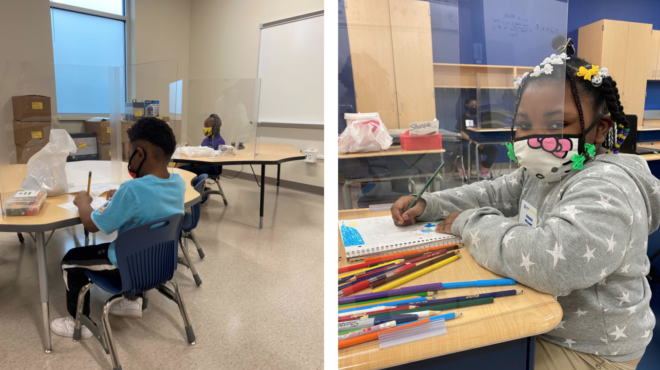Most of the resources and formal interventions dedicated to preparing children for school don’t start until age four. And while pre-kindergarten is critical, the science is clear: that’s too late, because a child’s experiences from birth onward are intrinsically linked to life outcomes.
A variety of accessible, high-quality choices available to families across income levels
Support educators and programs with a specific focus on language development and school readiness
A shared philosophical value system that encourages collaboration between early learning providers and other education providers
High-quality, neighborhood-serving continuum for student growth, learning, and achievement at every level starting at birth and through college and beyond is just one aspect of our coordinated holistic approach.
Click to learn more about our approach

